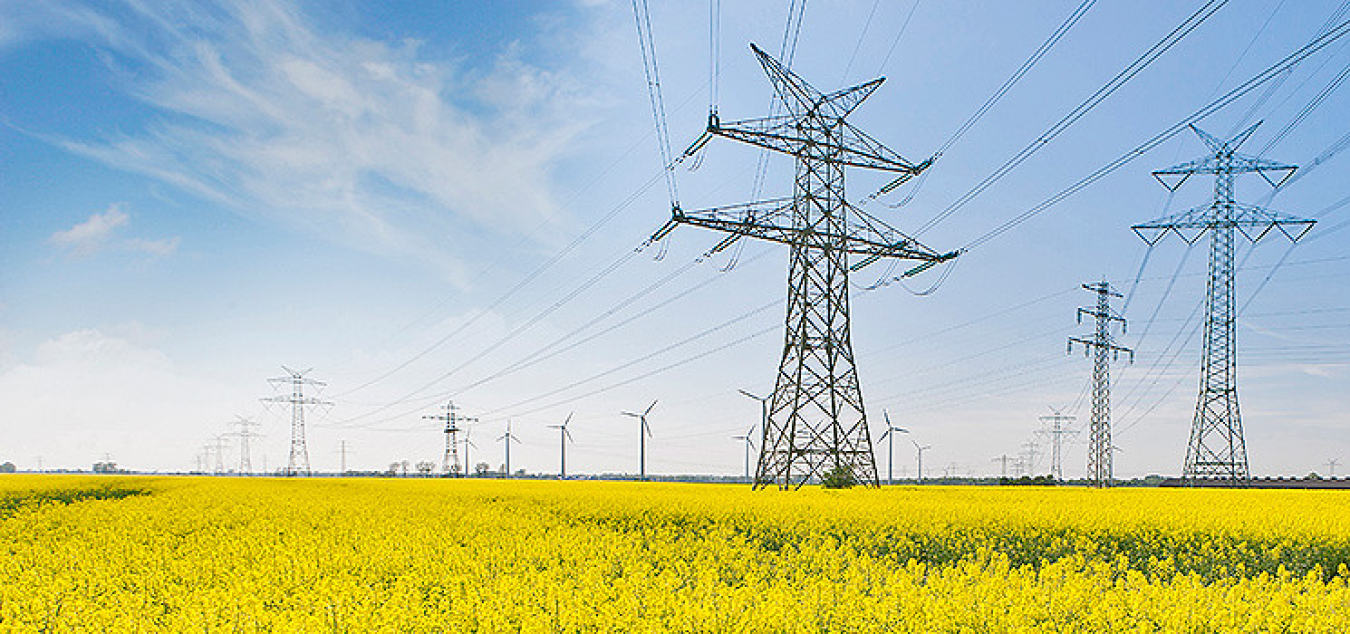
Transmission infrastructure is the backbone of the nation’s power system, ensuring Americans across the country have 24/7 access to affordable, reliable electricity to power their homes, businesses, and communities. A new report from the U.S. Department of Energy (DOE) Office of Policy, “Queued Up… But in Need of Transmission,” highlights the generation capacity seeking to connect to the nation’s transmission networks, illustrates the growing gridlock, and summarizes the need for and value of large-scale transmission infrastructure. The report also highlights potential solutions and policy actions that could help unlock the benefits of transmission for the nation.
Expanding transmission also helps integrate renewable energy sources—such as wind and solar—which are increasingly cost-competitive with fossil fuels and are critical to meeting the nation’s climate goals of 100% clean electricity by 2035 and a zero emissions economy by 2050. Independent estimates indicate that to meet our growing clean electricity demands, we’ll need to expand transmission systems by 60% by 2030 and may need to triple those systems by 2050. That means significant investments in transmission infrastructure will be required to meet our climate goals and unlock the benefits that the clean energy transition presents from spurring economic growth, to revitalizing domestic manufacturing, to creating millions of good jobs for American workers. Transmission, distribution, and storage already employ over one million people in the U.S., and expanding transmission will create a whole new generation of good-paying jobs across the country.
However, efforts to enhance the nation’s transmission infrastructure continue to face numerous barriers. Building transmission is difficult, time-consuming, and hard to get over the finish line. As a result, a large amount of potential clean power capacity has been proposed but is gridlocked due to the wait times and costs of connecting to the transmission grid.
Alleviating the gridlock will require a collaborative, holistic approach, engaging other federal agencies, state and local governments, American Indian and Alaska Native tribal nations, industry, unions, local communities, environmental justice organizations, and other stakeholders. It will require changes to transmission planning and changes to generator interconnection processes.
The DOE report draws on a new Lawrence Berkeley National Laboratory data synthesis on power plants seeking to connect to the transmission grid.

